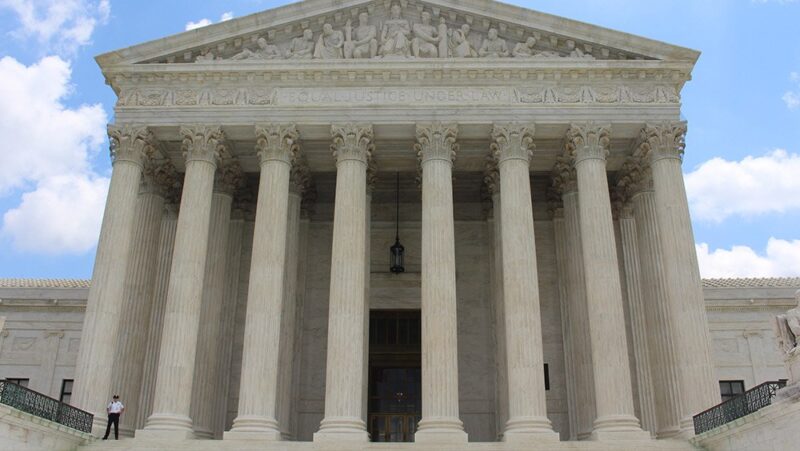Can Public Schools Have Religious Clubs?

The Equal Access Act became law in 1984, designed to end “perceived widespread discrimination” against religious speech in public schools.
While Congress recognized the constitutional prohibition against government promotion of religion, it believed that nonschool-sponsored student speech, including religious speech, should not be excised from the school environment.
The Supreme Court, by a vote of 8-1, held in Westside Community Schools v. Mergens (1990) that the Equal Access Act is constitutional. These guidelines are designed to help school board members, administrators, teachers, parents, religious leaders and students understand and conform to the act.
The name of the act explains its essential thrust. There are three basic concepts.
The first is nondiscrimination. If a public secondary school permits student groups to meet for student-initiated activities not directly related to the school curriculum, then it is required to treat all such student groups equally. This means the school cannot discriminate against any students conducting such meetings “on the basis of the religious, political, philosophical, or other content of the speech at such meetings.” This language was used to make clear that religious speech was to receive equal treatment, not preferred treatment.
The second basic concept is protection of student-initiated and student-led meetings. The Supreme Court has held unconstitutional state-initiated and state-endorsed religious activities in the public schools. (This act leaves the “school prayer” decisions undisturbed.) However, in upholding the constitutionality of the act, the court noted the “crucial difference between government speech endorsing religion, which the establishment clause forbids, and private speech endorsing religion, which the free speech and free exercise clauses protect.”
The third basic concept is local control. The act does not limit the authority of the school to maintain order and discipline or to protect the well-being of students and faculty.
Though the act does not cover every specific situation, an understanding of the three basic concepts should be a sufficient guide for addressing most situations.
Many of the sponsors of these guidelines were actively involved in the debate over equal access. Some supported the act, others remained neutral, and some opposed it. All the sponsors, however, agree that the provisions of the act need to be understood clearly as public secondary schools develop policies concerning student groups.
The groups sponsoring the consensus guidelines:
- American Academy of Religion
- American Association of School Administrators
- American Federation of Teachers
- American Jewish Committee
- American Jewish Congress
- Americans United Research Foundation
- Association for Supervision and Curriculum Development
- Baptist Joint Committee on Public Affairs
- Christian Legal Society
- Institute on Religion and Civic Values (Formerly the Council on Islamic Education)
- Department of Education of the U.S. Conference of Catholic Bishops
- First Amendment Center
- General Conference of Seventh-day Adventists
- National Association of Secondary School Principals
- National Association of Evangelicals
- National Conference for Community and Justice
- National Council of Churches
- National Council for the Social Studies
- National Education Association
- National PTA
- National School Boards Association
These consensus guidelines are drafted and endorsed by a broad range of 21 religious and educational groups. These guidelines are intended to reflect current law in this area, though on some questions there may be no controlling Supreme Court opinion and the lower courts may be divided. While understanding the legal framework is essential in considering the role of religion in public schools, the law will not supply answers to every question. These consensus guidelines are intended to provide direction to school boards, parents, community members, administrators, teachers and students as they work together to address issues and draft policies concerning student religious clubs.
At the Supreme Court, A Day of Infamy for Religious Freedom
The Power of Assembly: Know Your Rights
Related Content

